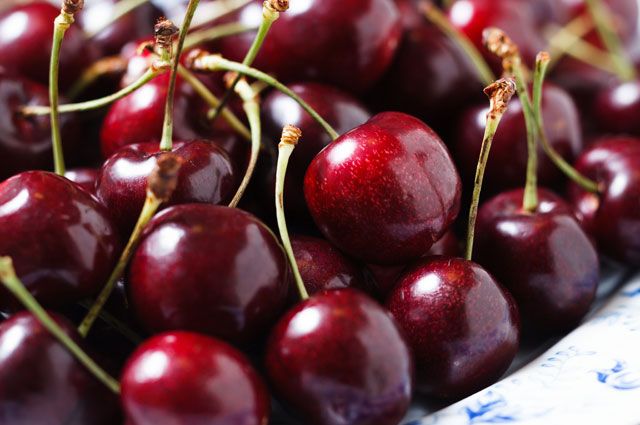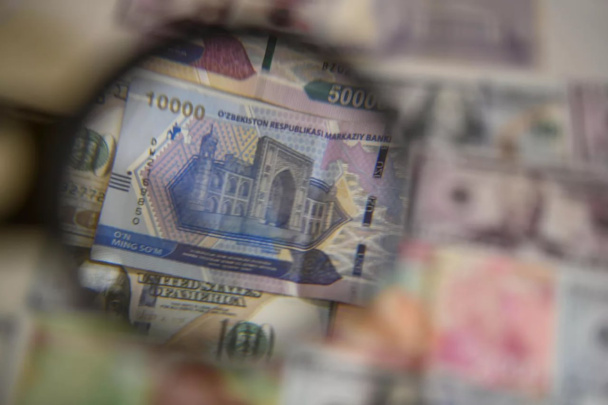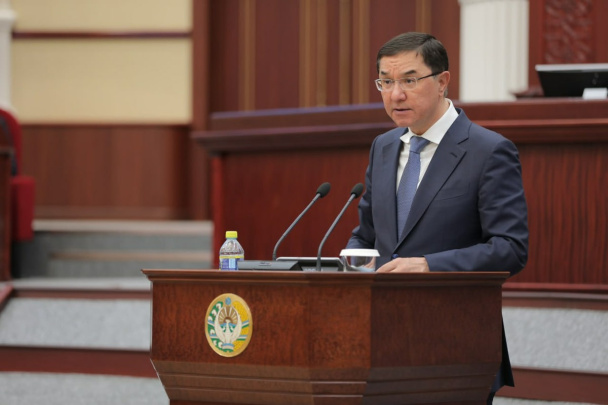The share of American sweet cherries in the Chinese market in May 2019 shrank to 38% from nearly 80% in May 2018 - and a near monopoly in May 2017. Now Uzbek cherries, whose share has increased from 0% to 50% over the year, are gradually replacing the U.S. produces, Reuters writes.
Across China’s metropolises, the appetite of a burgeoning middle class for expensively fresh U.S. cherries has become a symbolic casualty of China’s festering, tit-for-tat trade battle with the United States. A business that grew to nearly $200 million in 2017 from zero in 2000 has now withered to little more than a tenth of its volume peak, customs data shows.
With import tariffs for U.S. cherries set at 50%, Beijing has relaxed a requirement for cherries from ‘Belt and Road’ partners Uzbekistan and Turkey to undergo up to 21 days of pre-shipment cold treatment, making exports easier by allowing fumigation as a pest control measure.
That’s opened a trade window not lost on businessmen like Zhu Jianfeng, general manager of Zhejiang Fishing E-Commerce Co, who said he has been investing in unspecified projects in Uzbekistan for years and has “very close ties” with the domestic government.
For the first time this year, Zhu’s company imported 300 tons of cherries from Uzbekistan, with plans to boost the volume to 5,000-10,000 tons in 2020.
Zhu acknowledged a lack of processing technology in Uzbekistan, saying the cherries are sent by air and have a shelf life of up to five days; U.S. cherries, in contrast, last for up to two weeks when transported by air. Zhu said he planned to help the Uzbek industry upgrade by increasing investment in production lines.
For information, Uzbek cherries sell at about 70-80 yuan per kilogram (kg) at retail level.






